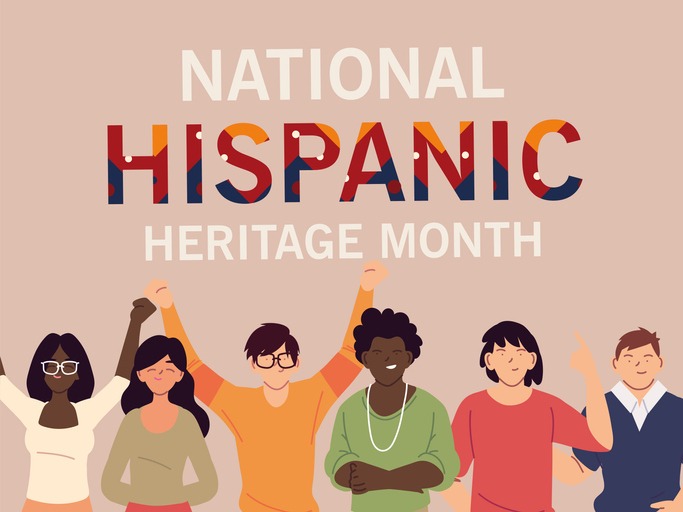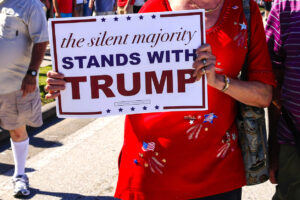4 tips to avoid tokenism when celebrating Hispanic Heritage Month
Hispanic Heritage Month is a great opportunity to learn more about the Latino community. Here are four tips for communicating more effectively with Hispanic audiences.

Sept. 15 marks the beginning of Hispanic Heritage Month. That means more communicators and marketers are working on inclusive strategies, campaigns and messages right now.
And while the occasion offers an exciting opportunity to engage diverse audience, the cultural celebration also presents an opportunity to screw up.
“It’s great when the government and culture take notice,” says Manny Ruiz, co-founder of Latino-owned Brilla Media, which provides Latinx entertainment, media and experiential storytelling. “But it’s also a problem because brands and their agencies can run the risk of tokenizing the month like they do other holidays.”
Here’s his advice for ensuring you don’t tokenize Latinx culture so you can create more authentic, results-driven campaigns in the weeks and months ahead:
1. Harness data. “Just jumping into this month isn’t the best way to engage or win over Latinos,” Ruiz says. “One-offs might be OK to test a concept, but any real and sustainable effort has to be a 360-degree, 365-days-a-year approach.”
It’s a message he’s shared for decades as a multicultural marketing pioneer who launched Hispanicize Media Group and also served as president of Hispanic PR Wire.
“Now’s a good time to pause and do your research,” he says. “Understand the Hispanic market as it relates to your product. Make the argument to your execs that it’s not just a moral imperative, but a business one based on census data. Explain that the growth market is largely Latino and use the data to ensure anything you do isn’t a token effort.”
2. Look beyond language. Big data shouldn’t give you a false sense of security, however.
“The last thing you want to do is get aggressive and leap in with both feet because the numbers said it’s OK,” warns Ruiz. “Take baby steps. There are cultural sensitivities and even regional differences that you’ll have to learn over time.”
That’s why he always advises marketers think bilingually and biculturally.
“It’s not just about the language,” he explains. “For example, ours is a very youthful market that’s super engaged in digital and social beyond traditional media. And yes, it’s more English dominant than in the past. But it hasn’t lost its cultural anchors like the love of family, Hispanic food, music and soccer.”
3. Ask if you’re not sure. A careful, cautionary approach should extend even to the words and phrases you use to describe the Hispanic market.
“Even I’m cautious about using the term ‘Latinx,’” says Ruiz, well aware of the irony, considering he’s also a partner in the Latinx Newswire service.
“It’s inclusive, sure, but it’s not in widespread usage among Hispanics,” he says. “It’s in its infancy in the general population, but brands and their agencies just love using it.”
A recent Pew Research Center study confirms his take. It found that only 76% of Hispanics have heard the term “Latinx” and only 3% use it.
So what term does Ruiz prefer when discussing the Hispanic demographic?
“Many of us are sticking with Latino or Hispanic,” he says. “But you definitely want to err on the side of caution and ask what your audience or partners prefer.”
4. Tap Hispanic thought leaders. “The best way to avoid accusations of tokenization or appropriation is to work with the organizations that are Latino-owned and operated,” says Ruiz. “It’s the same for any culture, whether it’s African American, Native American, Asian American, Latino or whatever.”
His bigger point: “Get to know the thought leaders in the niche, just like you would if you were working with health care or another industry sector. Work with the voices that have a track record that you can easily verify in the space.”
Ruiz adds that Latino celebrities with brand affinities are also a great place to start.
“Hispanic celebrities have real cachet in Latino culture,” he says. “Brands would be wise to sprinkle celebrity outreach into any Latino marketing, PR or advertising campaign. Many are ambassadors for the community looking for causes worth endorsing.”
[Editor’s note: Watch for a follow-up article featuring Hispanic campaign tips based on Altísimo Live and the upcoming Neustro Fez Hispanic Heritage Month Pop Culture Festival.]
Brian Pittman is the Dean of Ragan Training. To learn more about the No. 1 training library of over 810 videos for communicators, contact him at brianp@ragan.com.







